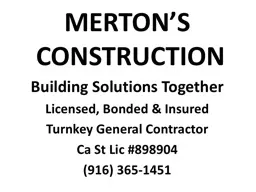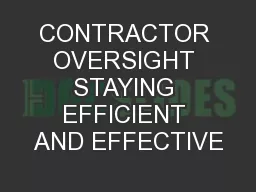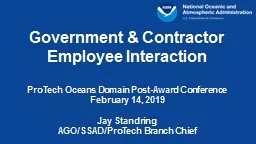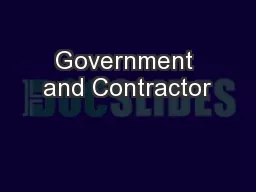PPT-Contractor compliance Do you have a delinquency issue with contractors?
Author : tatiana-dople | Published Date : 2018-11-10
Do you have a delinquency issue with contractors The answer is just about all of us have an issue with contractors no matter how organized and on top of things you
Presentation Embed Code
Download Presentation
Download Presentation The PPT/PDF document "Contractor compliance Do you have a deli..." is the property of its rightful owner. Permission is granted to download and print the materials on this website for personal, non-commercial use only, and to display it on your personal computer provided you do not modify the materials and that you retain all copyright notices contained in the materials. By downloading content from our website, you accept the terms of this agreement.
Contractor compliance Do you have a delinquency issue with contractors?: Transcript
Download Rules Of Document
"Contractor compliance Do you have a delinquency issue with contractors?"The content belongs to its owner. You may download and print it for personal use, without modification, and keep all copyright notices. By downloading, you agree to these terms.
Related Documents














